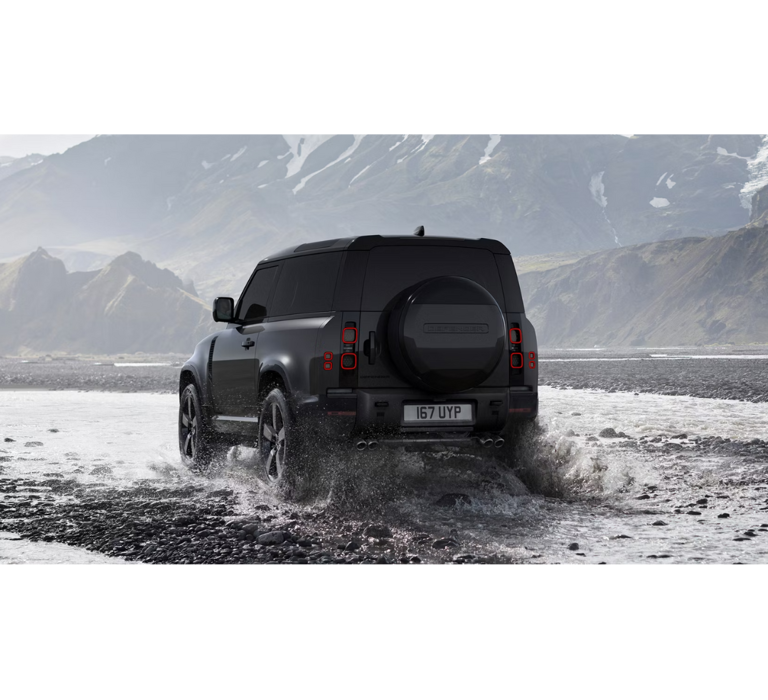The best advice? Do not drive through floodwaters unless necessary. Always check the weather and road conditions before setting off, and if you see roadblocks, signs, or barriers indicating a road is closed, do not ignore these warnings. They are there for your safety. If you do have to drive through flooded areas, take extra care: drive slowly and steadily, as speeding can cause your car to lose traction or, worse, get swept away. Keep your windows closed to prevent water from entering and damaging your car’s electrical systems, and avoid fast-moving water, as it can be far more dangerous than it appears. If the water’s flowing quickly, it is best to turn around and find another route rather than risk your safety.
Know Your Vehicle’s Limits
- Ground Clearance: Most cars can handle about five inches of water without much issue. It is more profound that your vehicles are at risk of getting stuck or swept away.
- 4x4s and SUVs: While these vehicles are more capable in some situations, they are not immune to flooding. Just because your car is a four-by-four does not mean it can safely drive through deeper waters.
If you come across water on the road, assess the situation carefully. First, gauge the depth; do not take the risk if you are unsure. To understand the depth, look for markers like kerbs, signs, or other vehicles. If the water is rising, turn back. If you must drive through, stick to the centre of the road where the water is usually shallowest and drive slowly and steadily. If the water rises or you are uncertain, reversing slowly to a higher area is the safest option. If your car gets stuck in floodwater, stay calm and remain inside, as your car is often the safest place. Do not open the doors; this could let water in, making things worse. If the water is coming in or your car is sinking, carefully exit through the window. Only leave your car if necessary to stay alert to avoid further danger.
Do not drive in low visibility or at night.
Heavy rain and night floods often accompany poor visibility, especially Nightlight. It Can Be Difficult to see submerged obstacles, road signs, or even the depth of the water itself. If visibility is lower outside, it is best to stay off the roads entirely.
Other Key Flood Safety Tips
- Turn Around, Don’t Drown: A simple rule that could save your life. If you come across floodwaters, always turn around. Never attempt to drive through it, even if it seems shallow.
- Watch for Hazards: Floodwaters can carry debris, fallen trees, or power lines, so be extra cautious. If you see downed power lines, do not get anywhere near them, especially if they are in the water.
- Stay Updated with KMonitor weather reports and flood alerts. Conditions can change quickly, so stay informed to make the safest decisions.
